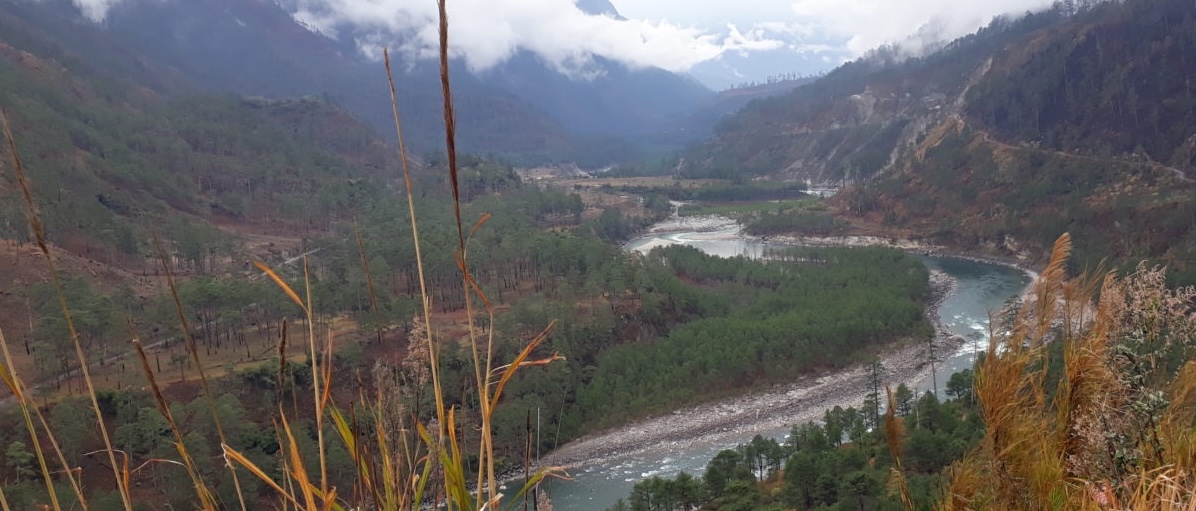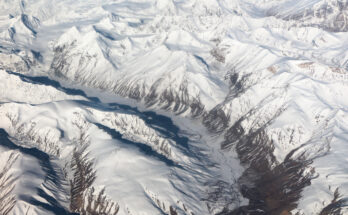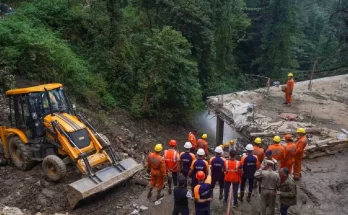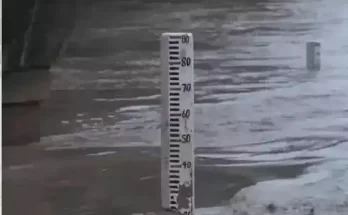Himalayas warming faster than global average: CSE report The mountain range provides water almost 40% of India’s population.
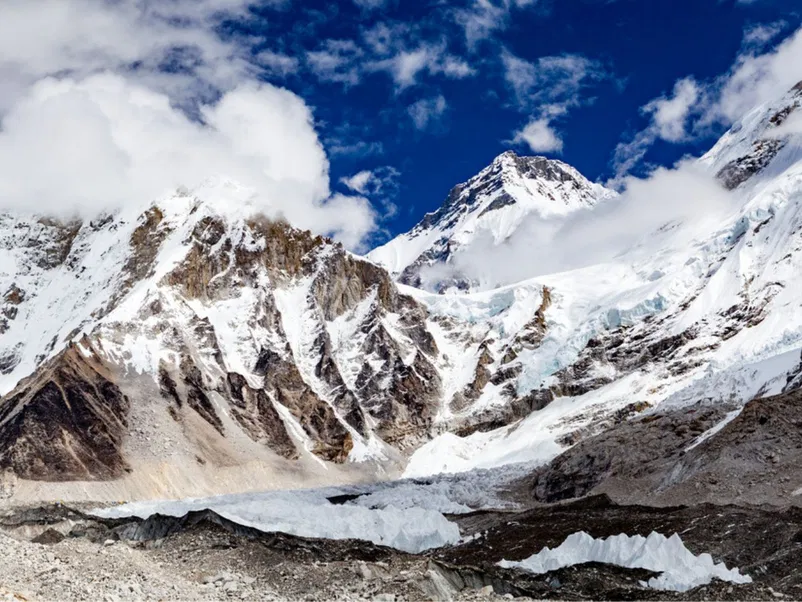
The ice on the himalayas are melting faster than expected due to global warming (Photo credit: Depositphotos)
New Delhi: The Himalayas are melting and faster than we can imagine. “The precipitation has declined and snowfall is delayed every year and over all, the Himalayas are warming faster than the global average,” the State of Environment (SoE) Report 2023 has warned.
The Himalayas provide water – directly and indirectly through glacier-fed rivers – to more than 1.3 billion people. This includes almost 40% of India’s population spread over the Indus, Gangetic and the Brahmaputra basins. The Himalayas also provide livelihood and ecosystem services to more than 210 million people.
One can envision the catastrophe that the world is headed for when a steadily declining snowfall melts away faster due to the rising global temperature.
“As the temperature rise triggers the rapid melting of glaciers, which is the main source of water for people living there, it has affected lives and livelihoods,” pointed out Raju Sajwan and Akshit Sangomla, authors of the chapter on the Himalayas in the SoE report released on Thursday.
The fortnightly document issued by the India Meteorological Department (IMD) on Thursday showed a ‘Large Deficit’ – as much as -65% – precipitation departure from normal in Jammu & Kashmir and Ladakh together for the period from March 1 to 22. For Leh, the precipitation was a -91% departure from the normal.
“Earlier, even the months of January had showed below normal precipitation. Leh district received below normal snowfall in February too. In March, there was some snowfall, but overall, there has been deficit rainfall in winter. Only exception was Kargil and Zanskar region that received good snowfall,” Dr Sonum Lotus, IMD’s chief for the region, told News9 Plus.
Wildlife conservationist Karma Sonam is not surprised. “When I was young, it snowed heavily right through December till spring and it would actually be 3-4 feet high. The last few years, the snowfall has been steadily declining and this year, we had so less snowfall even in January, February and March this year,” Karma told News9 Plus on phone from his village near Leh.
In India the Himalayas are spread over Jammu & Kashmir, Ladakh, Himachal Pradesh, Uttarakhand, West Bengal, Sikkim and Arunachal Pradesh. Over an expanse of 2,500 kilometres, the Himalayas boast the largest repository of snow and ice in the world after the two poles.
In 2019, the International Centre for Integrated Mountain Development (ICIMOD) had released a landmark report on the Hindukush Himalayas. The report said a global temperature rise of 1.5 degrees Celsius compared to the pre-industrial era temperature (between 1850 and 1900) would be “too hot” for the Hindu Kush Himalayas. It will lead to a 2 degrees temperature rise in the high reaches of the Himalayas. It would impact glaciers, destabilising Asia’s rivers and endangering lives and livelihoods of millions.
The Centre for Science and Environment (CSE)’s SoE report for 2023 covers an extensive gamut of subjects and assessments, ranging from climate change, Himalayas, agriculture, air pollution, water, plastics, forests and biodiversity, among other topics.
Speaking at the release of the SoE report, Sunita Narain, Director General, CSE, said: “The good news is that environment is now mainstream, we are all outraged at how climate change is devastating our future. But the bad news is that we are not acting at the scale of the devastation that we see around us. We need to take more deliberate steps to reverse the damage.”
On Wednesday, UN Secretary General Antonio Guterres had warned that major Himalayan rivers such as the Indus, the Ganges and Brahmaputra, all hugely important for India, could see reductions in their flows as glaciers and ice sheets recede over the coming decades due to global warming.
“Glaciers are critical to all life on earth. Over centuries, they carved out the landmasses we call home. Today, they cover 10 per cent of our world. Glaciers are also the world’s water towers,” Guterres said in his remarks to an event on the International Year of Glaciers’ Preservation.
(This story first appeared on news9live.com on Mar 26, 2023 and can be read here.)
